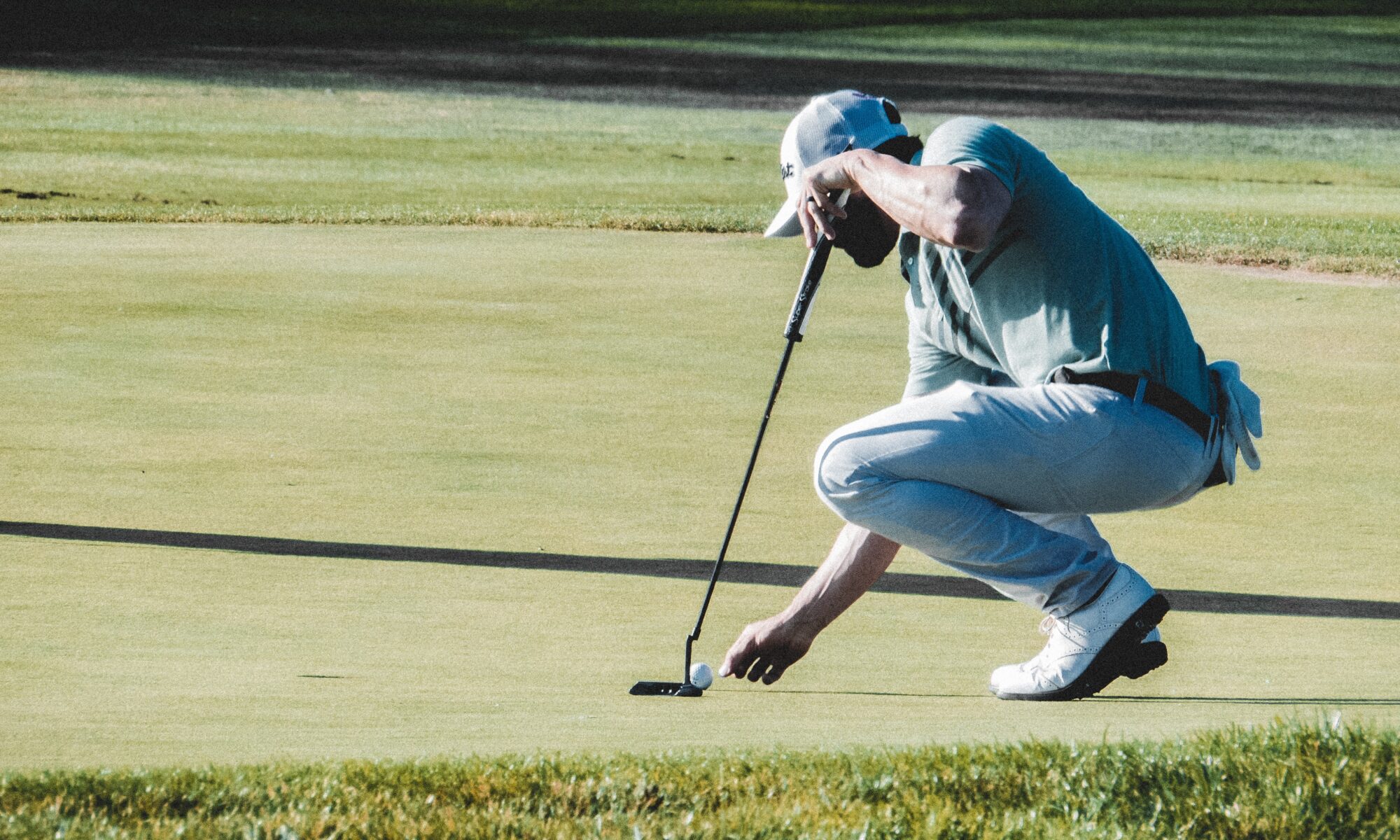By Kevin Cotter, PGA
The takeaway or start of the golf swing begins with combined movement of the clubhead, hands, arms and shoulders.
This movement, commonly referred to as the “one-piece takeaway” is quickly followed by the hips as they begin to turn in response to the shoulders. As the hips rotate the lower body (knees and feet) become active as the weight begins to transfer back onto and eventually around the right leg.
Soon after the “once piece takeaway” begins, allow your right elbow to fold somewhat against your right side, at least in the early stages of the backswing. This allows the arms to remain connected to the body.
The “one piece takeaway” sets the timing of the swing into immediate sync. The desired sequence of movement is; clubhead, hands, shoulders, hips and lower body in that order. This backswing sequencing establishes proper coiling of the upper body against the lower body, providing a power generating spring like action to be unleashed during the downswing. Correct timing also helps establish a square clubface position at the top of the swing.
In addition to timing, the proper takeaway is crucial in developing power through angular momentum or also known as the “lever system.” Proper use of the “lever system” not only unleashes tremedous power but helps establish a ball first then turf strike when playing shots directly off the turf. Learning to strike the ball with a descending blow is vital, a downward strike to a ball sitting on the turf provides the much needed spin necessary for the ball to stick and hold in the intended target area.
Also, the path of the club is hugely influenced by the natural flow of the “one-piece takeaway.” When not contrived in any way the club moves straight back then slightly to the inside around then up. Eventually, the club returns somewhat along the same path on the way down, creating a semi-circle pattern starting from behind the ball through the ball and into the through swing.
If the club is forced quickly to the outside during the initial stages of the backswing an out to in swing path is likely to be created. Conversely, if you force the club back too quickly to the inside, the club eventually has nowhere to go but to be forced to the outside and then back across the ball resulting in pulled or sliced shots.
So, as you can now clearly see, the “one piece takeaway” is the crucial first step in developing a powerful repeating golf swing, and provides the ability to consistently strike the ball cleanly and squarely, leading to longer and straighter shots.
For the best golf training and instructional aids on the web please go tohttp://www.BestGolfeBooks.com your golf eBook superstore andhttp://www.EasytoLearnGolf.com blog for more great stuff to improve your game. Lower scores are just a click away!
Happy golfing!





